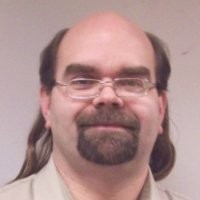Dr. Oliver Eidel, OpenRegulatory
Opening Talk
Opening talk of the conference with a brief overview over OpenRegulatory, free templates and our QMS / Techdoc software.

Natascha Cuper, Kiwa Dare Services
Common Findings in SaMD Applications and Notified Body Expectations
As the first applications for MDR certification have been submitted and the first certificates have been issued, it becomes more clear what manufacturers of SaMD are typically struggling with. In my talk, I will lead you through some common findings we see as a Notified Body and will tell you what our expectations are. This way, start-ups might be able to avoid these errors, helping them to go more smoothly through the certification process.
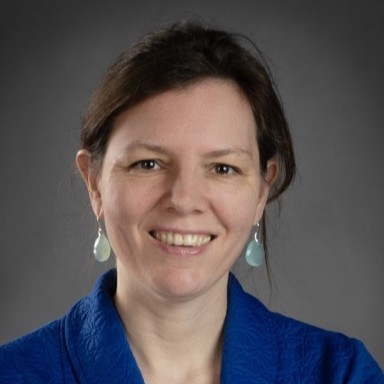
Jouke Waleson, easee
What's so hard about building Medical Devices for consumers?
Technology can help in offloading the pressure on the healthcare, by allowing users to diagnose, monitor or prevent health issues themselves. However, building such medical devices is surprisingly hard. In this mini case-study we'll show you how easee approached the business, technology, usability and certification of their online eye exam which can be used by lay-users without any training.
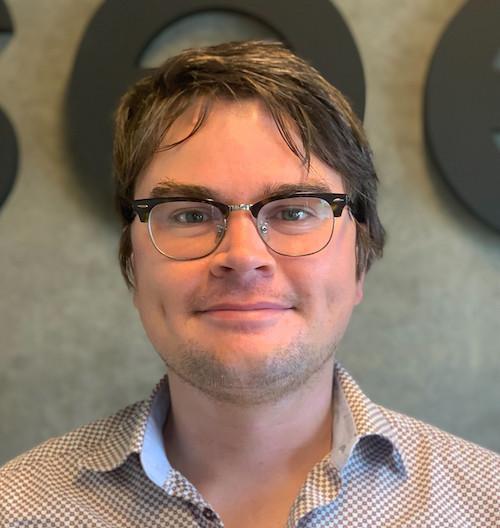
Dr. Johannes Tanne, dentalXrai
Using git for QMS Document Control
Git can be used for the documentation process for medical device manufacturers, especially medical software manufacturers. The presentation will focus on the possibilities of using the version management tool to enable easy traceability and structured document control. As it is already used in the best practice of software development and is common standard in a good software development process.
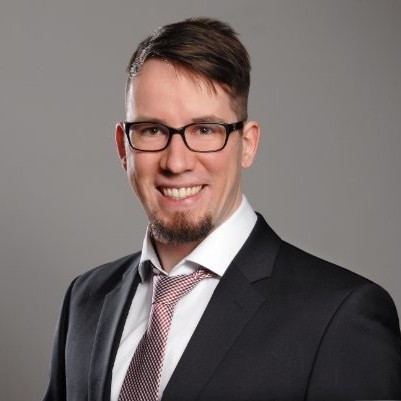
Ben Meier, Curalie
Internal Audit in a Nutshell
Internal Audits are useful as they can reveal your organization's gaps in fulfilling QMS requirements before external auditors notice them. Since my start as internal auditor for our QMS, I gained some useful learnings. I want to share some best pactices on arriving at "good findings", improving your organization and making every auditor's life easier.

Ivo Flipse, Zimmer Biomet
Software Requirements Management
By storing your requirements and specifications in text-based files, you can generate up to date documentation, produce flawless trace matrices, leverage version control software during change management and integrate nicely into the software development workflow.

Kicky van Leeuwen, Radboudumc
AI in Radiology, Current State of Play
Kicky studies the market of artificial intelligence software for radiology. As radiology is in the lead of the AI SaMD commercialization, this field may provide us some preliminary insights also for the rest of the market. How long does it take a start-up to get their first product CE marked? How many have already managed to get certified under the MDR?
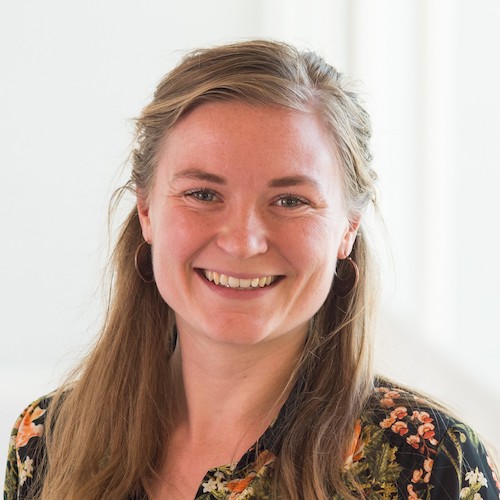
Leon Doorn, Aidence
Risk Management in Decision Support Systems
Many software systems in the medical devices field are supportive in decision making processes. This introduces a number of challenges, for example how do you effectively estimate probability of occurrence, if your device is not the single contributary cause of occurrence? Also, what can we learn from the post market surveillance process, and how should this interact with the risk assessment?
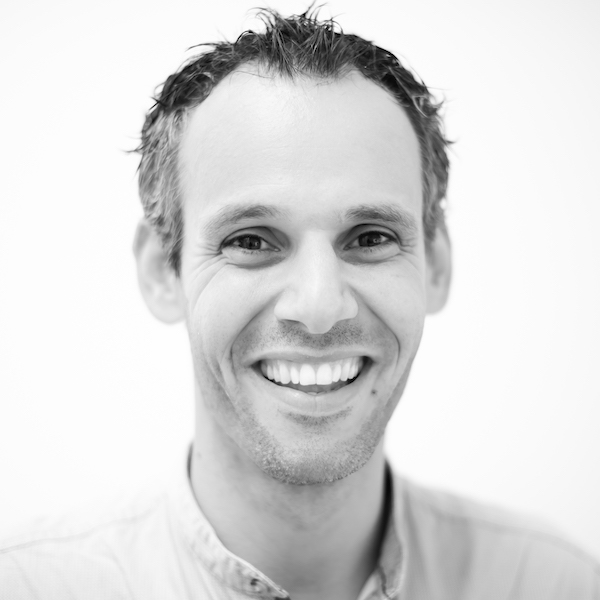
Astrid Ottosen, Radiobotics
Supplier Evaluation of Medical Annotators for AI SaMD
As a SaMD-manufacturer that develops machine learning based devices, we are heavily reliant on training data including training labels, i.e. image annotations of high quality in order to ensure a good and reliable performance of the medical device in the end. As we use suppliers for the task of annotating the medical images, this puts weight on the supplier and purchasing process. How do we make sure that the image annotations are of sufficiently high quality?
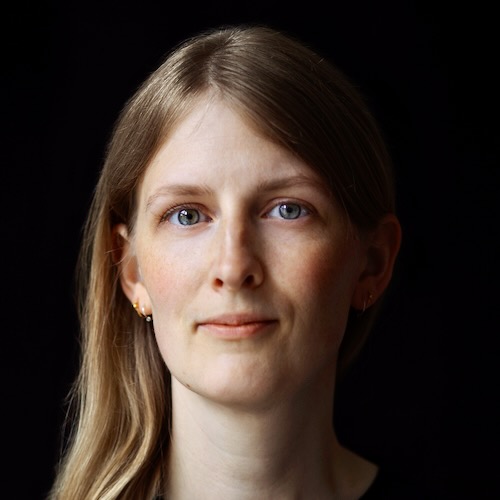
Dr. Oliver Eidel, OpenRegulatory
Agile Development of Medical Devices
Currently, regulatory-compliant software development causes major headaches. Initially, software is developed and code is written. But then, everyone goes crazy, because now they have to create documentation! This sounds a lot like waterfall development, but it's actually much, much worse. Other fields have made much progress when it comes to management of software projects. You know, all that agile stuff. But can software as a medical device be developed in an agile way? And if so, how would an implementation look like? I'll talk about lessons learned from my consulting experience and which tools to use.

Martin Witte, TÜV SÜD
Digitalization of Technical Documentation
The medical device industry is among the most innovative industries and is leading in finding technically advanced solutions for improving patient’s life. However, our ecosystem sometimes lacks effective digitalization, especially when it comes to setting up a Technical Documentation smartly. Traditionally Technical Documentations were created as binders filled with paper. This has definitely changed over the past years, today the typical method is a collection of PDFs or one huge PDF provided in a digital folder structure.
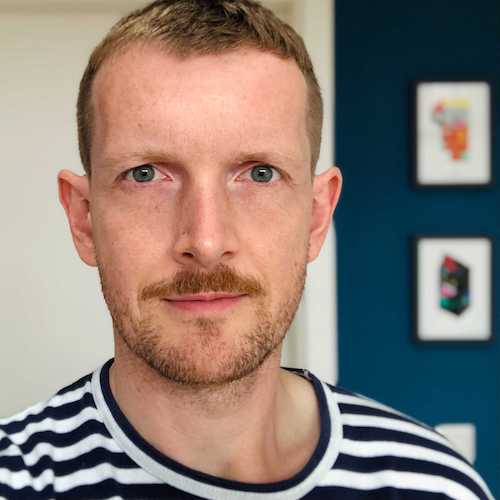
Audience Questions and Discussion
This was a separate slot in the conference for the audience to ask questions to the speakers and for some discussion.
Pat Baird, Philips
An AI Medical Device Global Status Update (ISO, IMDRF, Legislation)
Pat gives an update on the regulation of Medical Devices based on ISO, IMDRF and Legislation. He likes to think of his job as “Policy Engineering” – understanding the unmet needs (and frustrations) of regulators and developers, and developing standards, whitepapers, and training to meet those needs. He co-chairs over 10 committees at AdvaMed, AAMI, MITA, Xavier, CTA, and others on topics such as agile software development, cloud services for a regulated environment, and multiple committees on artificial intelligence in healthcare.
